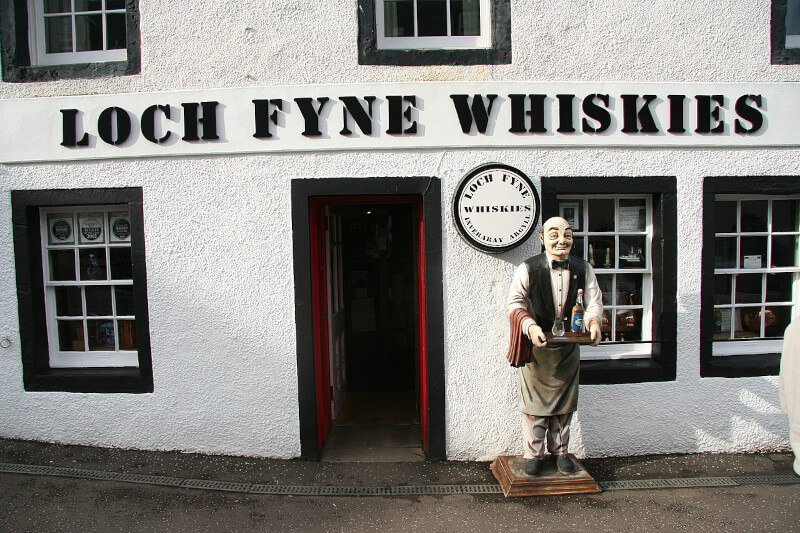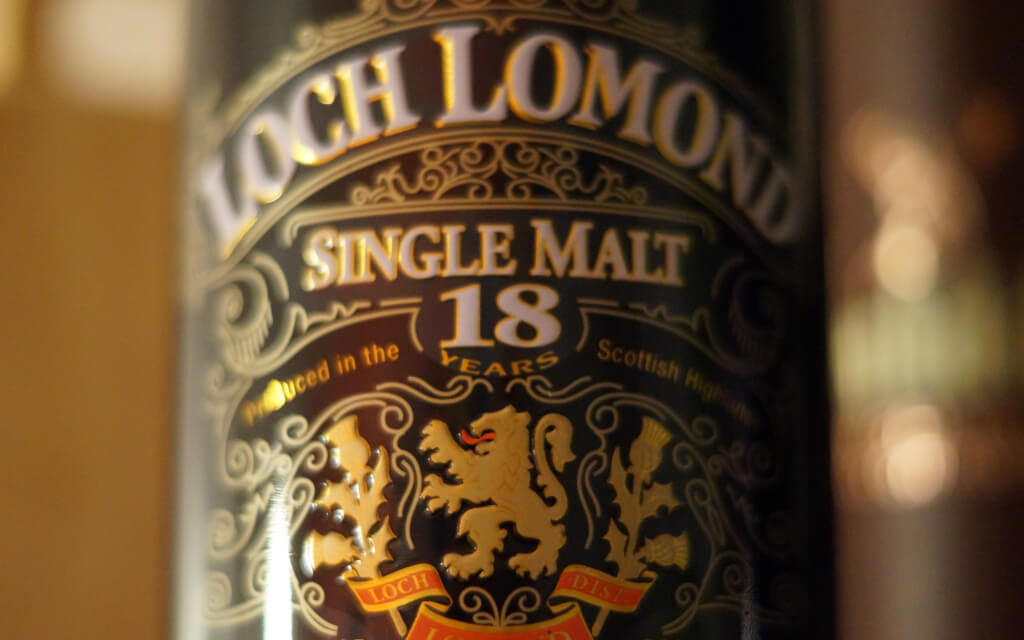The term “whisky loch” is likely to elicit a few raised eyebrows and a healthy dose of curiosity among whisky fans. The word refers to a period in the late 1970s and early 1980s in the Scotch whisky business when stock was abundant on hand. An excessively optimistic projection of worldwide demand led to an increase in production that resulted in an oversupply of the goods in question. Today, the manufacture of whisky is once again experiencing a revival, which begs the question: are we on the verge of another whisky loch?
Getting to Know the Original “Whisky Loch”
A mistaken assessment of the level of demand across the world led to the creation of the first whisky lake. The capacity of distilleries to produce alcohol was raised in anticipation of a surge in demand, notably in the United States and emerging economies. However, demand fell precipitously due to a combination of shifting drinking patterns and unstable economic conditions. As a direct consequence of this, enormous quantities of Scotch whisky were left to sit in barrels and mature without any immediate purchasers.
Charles MacLean, a well-known specialist in whisky, has some insightful words to give about the topic: “The name ‘whisky loch’ paints a vivid picture of that period. Whisky was stored in warehouses in such large quantities that there was no obvious market for it. The price of alcohol plummeted, several distilleries went out of business or reduced their output, and many lost their employment. The business world was going through some difficult times, to say the least.
Are We Going Back in Time When It Comes to Production and Regions?

When one considers the current situation regarding the production of whisky, the question “Are we heading for another whisky loch?” naturally arises.
The production of whisky has experienced a huge uptick over the previous ten years. The demand for whisky on a global scale has grown, leading to the establishment of a growing number of new distilleries. Traditional whisky-producing locations such as Scotland and Ireland, as well as established whisky-producing countries such as the United States and Japan, and developing whisky-producing countries like India and Taiwan, have greatly increased production.
According to Ian Buxton, a consultant who works in the whisky sector, the current trend in production is as follows: “There is no doubt that whisky production is booming globally. The producers are optimistic about the future demand, particularly coming from developing countries. However, it is essential to keep in mind that the manufacture of whisky is a game played over the long term. The whisky that is being distilled right now is going to be sold to customers several years from now.
A Distinct Terrain Is Described in the Tasting Notes
The whisky industry as it stands today, on the other hand, is not the same as it was in the 1980s. Whisky has developed into an industry that is diversified and dynamic, and consumer preferences have also progressed. The public is becoming more adventurous in their pursuit of novel whisky styles, flavors, and experiences.
Jim Murray, an authority on whisky, has some commentary on this development: “Modern whisky consumers are a lot more daring.” They are willing to experiment with whiskies originating from new places, those with unusual age statements, and those with unique finishes. This variety and willingness to try new things may help strike a balance between supply and demand.
A Whisky That’s Soon to Come: Are We Ready?
Are we prepared to deal with it more maturely if it turns out that a new whisky loch is truly forming? Since the establishment of the first whisky loch, the whisky industry has developed and grown up. There is a better grasp of market trends, a production process that is more tightly managed, and a diverse consumer base.
Dave Broom, a veteran of the industry, has these ideas to share: “The industry has learned from its mistakes.” Now there is a clearer knowledge of how changing customer tastes should be matched with a more strategic approach to production than ever before. The increasing diversity of the whisky environment may also help to prevent a situation similar to the whisky loch from occurring again.
The Ideal Clientele
Consumers of whisky are a varied bunch these days, ranging from those who have been drinking it for decades to millennials who are just getting into it. This diverse group of customers may have the chance to sample a huge variety of whisky expressions if there is a whisky loch. This would be a fantastic opportunity for them.
In the opinion of Fred Minnick, a blogger who focuses on whisky, “If we do face another whisky loch, I think the consumers of today would welcome it.” It means that there are more options, pricing that are competitive, and the opportunity to sample a wide variety of whiskies.
Are we looking at Whisky Loch 2.0?
Are we standing on the precipice of yet another whisky loch? The only way to know is to wait. The whisky industry, on the other hand, is in a completely different place now than it was in the 1980s, and this is something that cannot be denied. As we look ahead to the future of this illustrious spirit, it is abundantly obvious that the industry’s capacity to adjust, innovate, and enthusiastically embrace change will be critical to avoiding any potential surpluses and ensuring the industry’s continued existence in the future.
As we look ahead, the distilleries’ amber liquid continues to age in oak barrels across the globe, waiting for the perfect time to meet the lips of whisky aficionados. The ghost of the whisky loch still lurks, serving as a sober reminder of the delicate balance between supply and demand in the whisky world. Yet, as history often shows, lessons learned from the past can guide our path toward the future.
Given the expansive growth in the whisky industry, distilleries must adopt a strategic and mindful approach to production. Producers need to consider the wide array of factors that influence global whisky consumption, including changing consumer tastes, economic conditions, and regulatory landscapes. It’s equally important for the industry to maintain its commitment to quality and innovation, irrespective of the volume of production.
Moreover, communication channels between producers and consumers have become more transparent and direct, thanks to advancements in technology. This provides a unique opportunity for distilleries to engage with their audiences, understand their preferences, and shape their production plans accordingly.
In essence, while the prospect of a second ‘whisky loch’ can be cause for concern, it’s not necessarily a foregone conclusion. The whisky industry today possesses the experience, understanding, and tools to navigate the ebb and flow of supply and demand better than ever before. By taking the right steps today, the industry can ensure that the whisky loch remains a historical lesson rather than a recurring nightmare.
Let this serve as an amber warning – a prompt for distilleries to act with wisdom, caution, and foresight. As we lift our glasses to toast to the future, may the world of whisky continue to prosper, finding the perfect equilibrium between the thrill of expansion and the wisdom of restraint.

